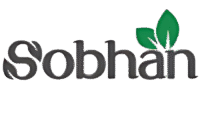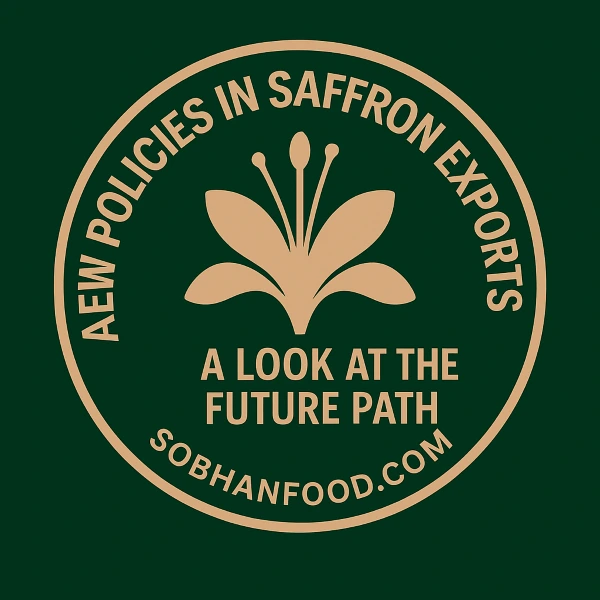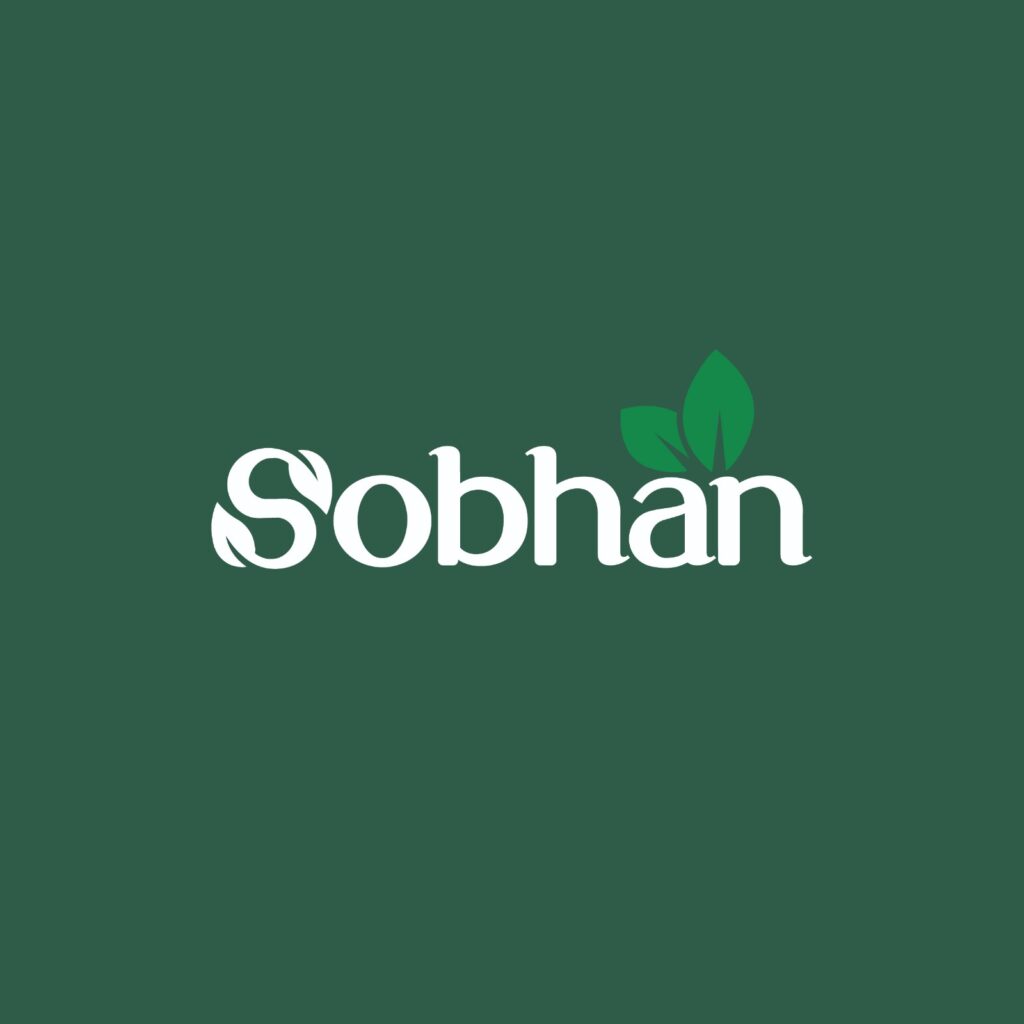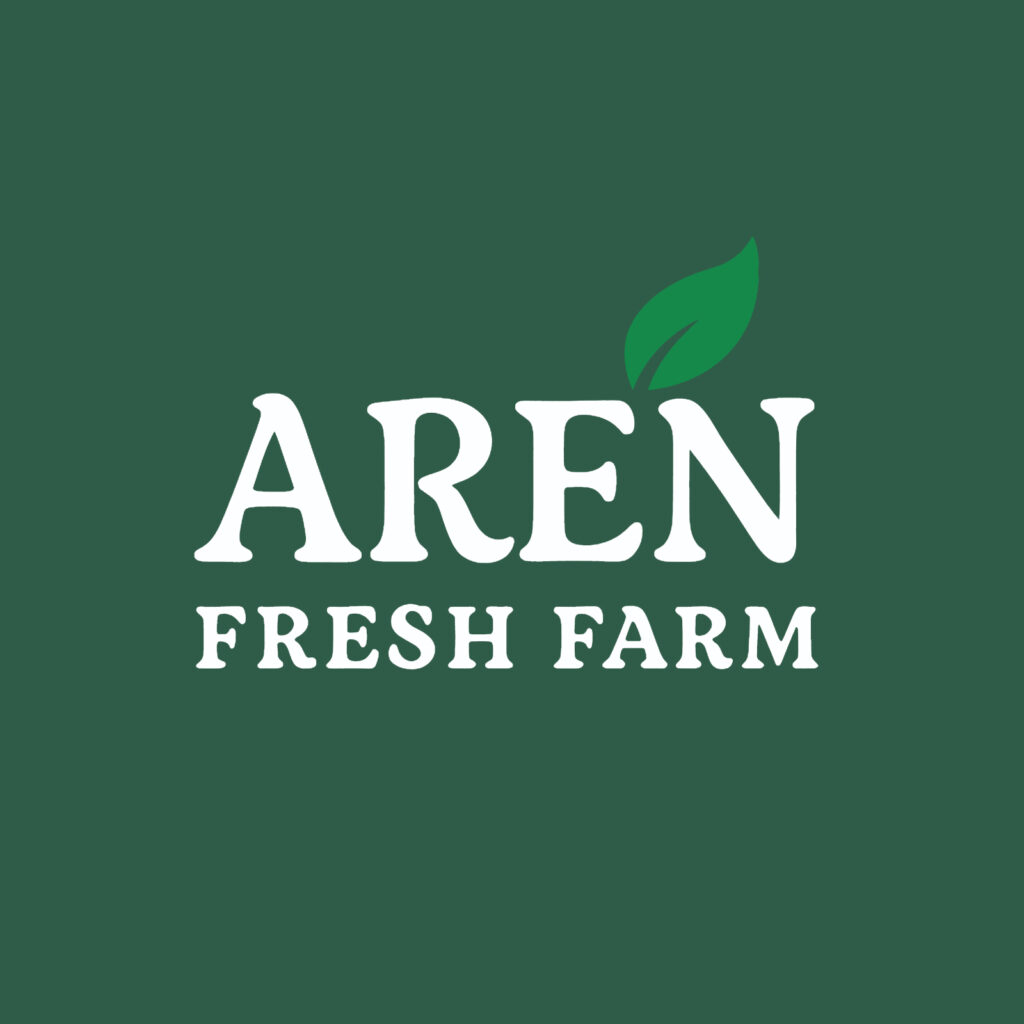The world of saffron export is entering a new chapter — one imbued with both opportunity and urgency. As one of the leading players in premium food exports, Sobhan Food recognises that the emerging policies around saffron trade will shape value-chains, market positioning and growth prospects for years to come. In this article, we explore the latest export-policy shifts affecting saffron, analyse the implications for exporters and importers, and map out a future-oriented path to flourish in a changing global environment.
1. Why the time is now
Saffron — often called “red gold” — enjoys a unique position in the global spice and functional-food markets. With its strong aroma, high value per unit weight, and a growing demand for premium, traceable agricultural goods, saffron sits at the intersection of luxury, health-food and gourmet markets. Meanwhile, new policies are being introduced (or refined) by producing countries, agricultural regulators and trade authorities that create both challenges and openings.
For example, data from recent years shows that although one major producing country remains dominant, its export price per kilogram has fallen significantly (from around US$ 3,000 in 2011 to under US$ 900 in 2023) because much of its output is exported in bulk with little value-added or branding. Iran Open Data Center+2Frontiers+2 That creates a vital moment: the global market is ready for a shift toward branded, high-quality, standard-compliant saffron — and exporters who adapt will lead the next wave.
2. Key policy signals affecting saffron exports
Here are several of the major policy-areas currently shaping how saffron reaches global markets:
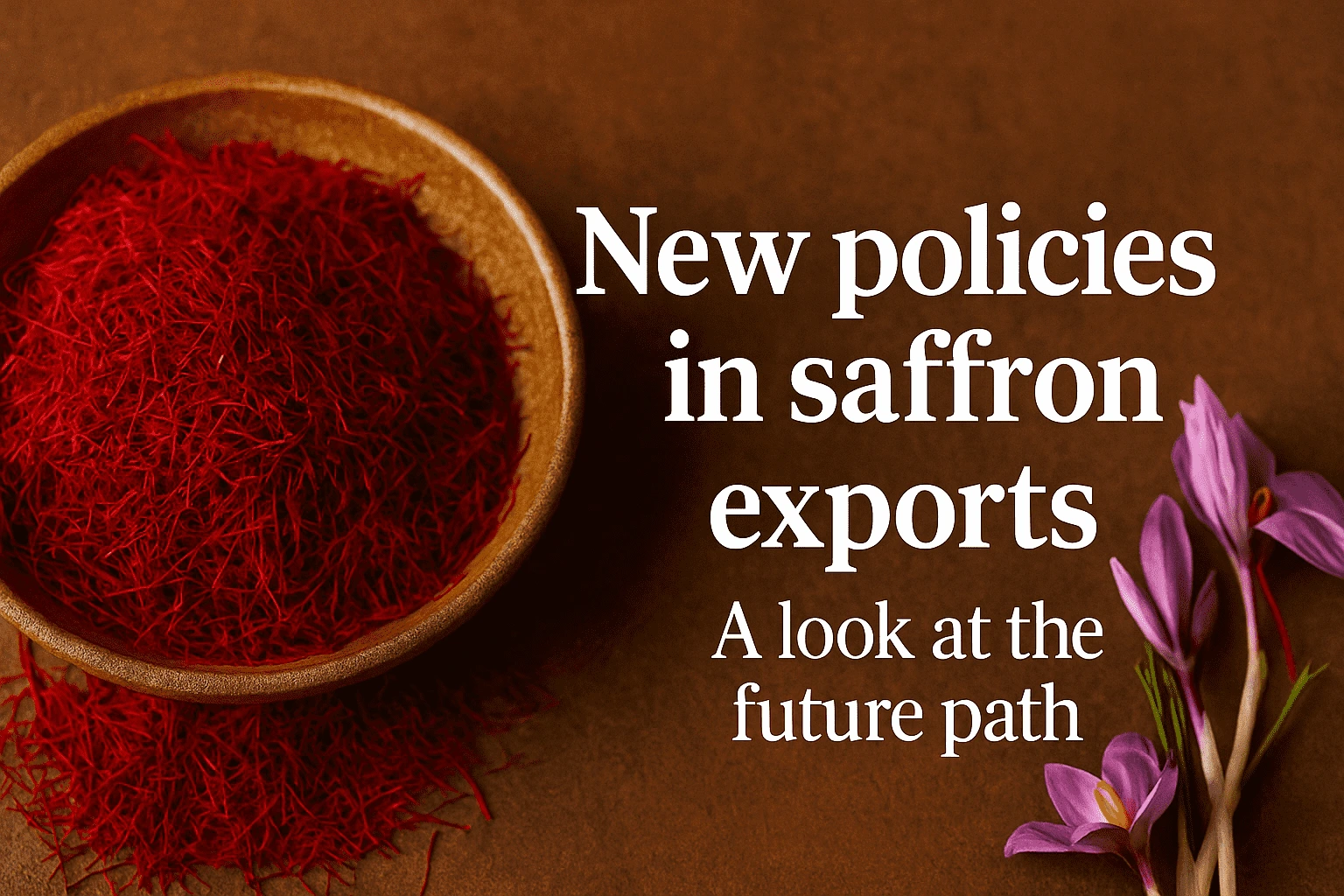
a) Export documentation, conformity & standards
Regulators are tightening requirements for exported agricultural goods, including saffron. For instance, certain food-products must meet national standardisation authorities before export.
In particular for saffron the following are increasingly mandatory:
-
Compliance with international quality standards such as ISO 3632 (which measures moisture, ash content, colouring strength)
-
Submission of health and sanitary certificates, phytosanitary inspection reports, and export-permits.
-
Packaging and labelling that meets target-market requirements (e.g., CE mark for Europe, Halal mark for Islamic markets) and traceability of origin.
For exporters, this means that staying ahead of evolving documentation expectations is no longer optional — it is a competitive advantage.
b) Value-chain policy / encouragement of value-added exports
Because many producing countries have recognised that exporting raw or minimally processed saffron is less profitable, policy shifts are increasingly designed to encourage value-added exports (packaging, branding, processing) rather than bulk shipments. For instance, studies highlight how despite producing over 90 % of the world’s saffron, one major country remains primarily a bulk-supplier and is losing out on the higher-end-market value.
As a strategic exporter, Sobhan Food can view this as a major opportunity: embrace the policy direction, invest in premium packaging, traceability, branding and become the preferred partner for international buyers seeking more than “commodity saffron”.
c) Exchange-rate / currency repatriation and export-incentive policies
Exporters often cite currency barriers, limited banking access and difficulties repatriating foreign currency as significant obstacles.
Newer policy initiatives in some jurisdictions aim to smooth these flows — whether via export-incentive schemes, priority exchange-rates for non-oil exports, or facilitating foreign-currency repatriation. For exporters who align with these incentives, the rewards can be tangible: lower risk, improved margin, and easier operations.
d) Market-diversification, trade-agreements and target-market policy
Another key policy trend is encouragement by producing-countries and trade-bodies to diversify into new export markets rather than rely on a handful of large buyers or re-export hubs. For saffron, this means exploring emerging markets in Africa, Southeast Asia, North America and beyond.
International buyers, in turn, face regulatory shifts in importing countries — e.g., stricter documentation, increased inspection for contaminants, tighter labelling rules. USA Customs Clearance This nexus of producing- and importing-policy change creates a window for exporters who can adapt quickly.
3. Implications for exporters, buyers & supply-chain partners
The evolving policy landscape carries a set of implications — some obvious, some subtle — that savvy players should incorporate into their strategy.
For exporters:
-
Upgrade quality & traceability: Since documentation and standards are tightening, exporters who invest in lab-testing, certification, and clear supply-chain traceability will gain credibility and market access.
-
Move up the value-chain: From raw saffron to retail-packaged or branded formats, exporters who align with policy encouragement of value-added exports will capture more margin and differentiate themselves.
-
Attend to cost-structures & currency risks: Those who anticipate foreign-exchange repatriation issues, or currency-fluctuation risks, will manage operations more competitively.
-
Be market-agile: As trade regulations shift, having access to alternate markets, flexible logistics and diversified export destinations provides resilience.
For buyers/importers:
-
Prefer certified & compliant suppliers: With stricter import regulation, partnering with exporters who present full documentation, traceable origin and global-standard certification de-riscos the purchase.
-
Value the premium over the bulk: As exporters move toward higher-value packaging and branding, buyers investing in those premiums will benefit from both quality and brand story.
-
Leverage logistics & documentation readiness: Import clearance delays often stem from missing or incomplete documentation; choosing suppliers aligned with the new policy-environment avoids such bottlenecks.
For supply-chain partners (packagers, logistics, test labs):
-
Opportunity for expansion: With emphasis on upgraded packaging, traceability, lab certification and logistics chain transparency, service-providers in these areas will see new demand.
-
Quality-assurance becomes a differentiator: Testing labs and inspectors who can verify compliance with ISO 3632, moisture/ash thresholds, origin-certificates, etc., will occupy a premium niche.
4. The future path: five strategic moves to win in Saffron exporting
For Sobhan Food — and any serious saffron-exporter — the following five strategic moves can turn policy-shifts into competitive advantage:
-
Embed full-supply-chain transparency and certification
-
Build processes that show full traceability: origin of the saffron, date of harvest, processing standard, packaging, lab-test results.
-
Obtain relevant certifications (ISO 3632, national standards, Halal, CE where relevant) so your product meets target-market expectations.
-
Make certification and traceability part of your brand story — premium buyers appreciate this.
-
-
Invest in branding & value-added packaging
-
Instead of shipping bulk saffron for low-margin re-packaging abroad, create your own retail-grade packaging (gift boxes, premium jars, small formats) that speak to end-buyers.
-
Use design, premium materials, and brand messaging (heritage, origin, quality) to command a higher price point.
-
Align packaging with market-specific demands (e.g., for Europe, USA, GCC) including labelling, language, certifications.
-
-
Diversify into new markets and build broad export channels
-
Don’t rely solely on traditional buyers or trading hubs. Explore emerging regions: e.g., North America, Southeast Asia, premium e-commerce platforms.
-
Match export strategy with local policy shifts: some countries will tighten import standards — being early-compliant gives first-mover advantage.
-
Use digital-platforms and international logistics to reach global buyers directly — the policy-environment increasingly supports direct access rather than intermediaries.
-
-
Leverage currency/finance incentives and reduce risk
-
Monitor and participate in government export-incentive schemes (if applicable) and currency-repatriation policies to preserve margin.
-
Use forward contracts or hedging (where available) to mitigate exchange-rate fluctuations.
-
Incorporate these cost-factors into your pricing strategy so policy-shifts don’t erode profitability over time.
-
-
Build strategic partnerships across the value-chain
-
Collaborate with premium packagers, testing-labs, logistics providers and marketing-agencies so your export process meets the new policy-standards end-to-end.
-
Consider co-branding with trusted international partners: buyers often prefer a branded product backing with certifications and traceability.
-
Position Sobhan Food as not just a supplier, but a “trusted export-partner” who can manage export-compliance, quality-assurance, logistics and branding.
-
5. Why this matters for Sobhan Food — and for your buyers
For Sobhan Food, the convergence of these export-policies and market-dynamics offers a valuable alignment: you already operate in the high-end food-export space, are design-oriented and brand-aware, and can leverage the upcoming policy-shifts to position saffron not just as a commodity, but as a premium, globally-compliant, branded product.
For your buyers (be they gourmet-food importers, specialty spice distributors or health-food brands), this means working with a partner who can deliver saffron that fulfils the new export-policy demands — reducing their risk, improving supply-chain transparency and delivering a product they can build into a premium offering. This is a win-win: you gain margin and brand equity; they gain a differentiated product that meets the evolving import regime.
6. Challenges to watch — and how to turn them into strengths
No opportunity comes without challenges. Recognising them and turning them into strengths will differentiate you further.
-
Increasing export-costs due to compliance: Certification, premium packaging, testing, tracing all incur cost. But in a shifting market, those who absorb the cost early gain position. You can amortise the cost by charging premium and marketing the added value.
-
Competition from new producers: Countries such as Afghanistan, Spain, Morocco are expanding saffron production and exporting capacity. Your differentiator will be origin-story (e.g., Iranian saffron heritage), premium certification, packaging and brand.
-
Logistics & currency risk: Export operations always face transport, customs, currency & documentation risks. Build a resilient export-plan: use multiple freight modalities, streamline documentation, engage trusted banks/forwarders.
-
Smuggling / informal trade undermining brand value: Bulk export or un-documented trade damages global pricing and brand positioning. One study notes large unofficial saffron flows leaving exporting-countries, undercutting value. By promoting transparency, compliance and premium branding you avoid being in that cycle.
-
Changing import-country regulations: As target markets tighten standards (labelling, food-safety, traceability), any exporter must stay ahead of those changes. Developing a compliance-monitoring system will turn this into strength rather than liability.
7. The horizon — what will export saffron look like in 3-5 years?
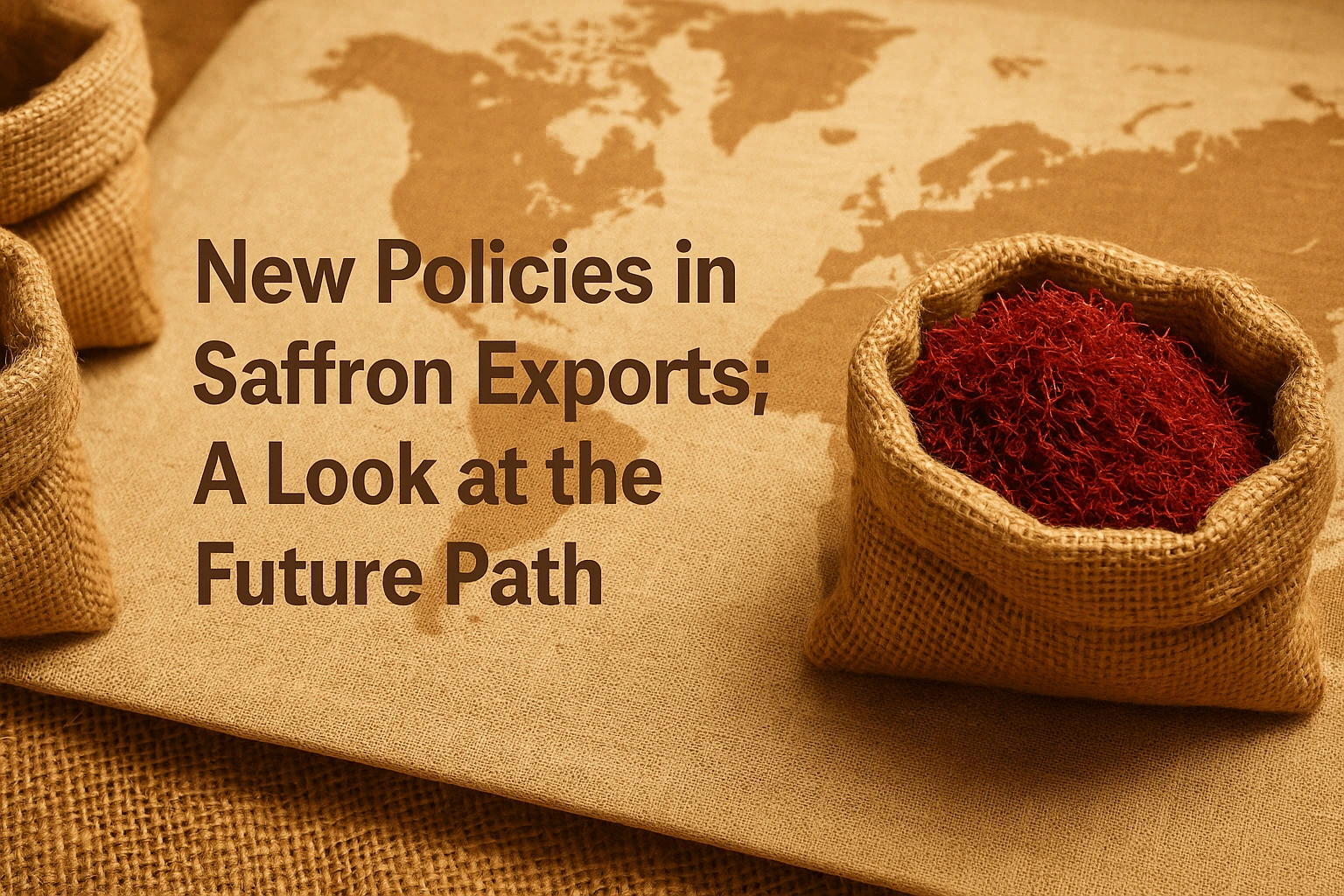
Here’s a visionary view of how the saffron-export ecosystem will evolve — and how Sobhan Food can lead.
-
Premium, branded saffron dominates global sourcing: Instead of generic bulk, buyers will increasingly demand traceable, certified, origin-branded saffron, often in small luxury-formats, backed by lab-test data, origin-story and packaging designed for direct-to-consumer sale.
-
Digital trade & e-commerce channels expand: Exporters who integrate digital ordering, live-track shipments, provide QR-based traceability and work with global logistics platforms will outpace those relying purely on traditional channels.
-
Value-added saffron derivative products: Not just saffron threads: expect more saffron-infused teas, extracts, cosmetics, nutraceuticals and gourmet blends. Export-policies will support this “higher up the value-chain” orientation. (Referenced in future-opportunities analysis.)
-
Sustainable & ethical production becomes a competitive point: Buyers will increasingly care about social-and-environmental factors: how saffron was grown (labour, water-use, sustainability), how processed and packaged. Exporters who document and market this will command premium pricing.
-
Emerging markets & niche-segments grow strongly: Regions previously minor importers (e.g., Southeast Asia, Africa, premium-health markets) will become significant volume conduits. Export-policies around diversification will enable early-movers to secure those markets.
Contact the Sobhan Food team for further assistance.
8. Call to action – for Sobhan Food and its partners
If you’re reading this as part of the Sobhan Food team, or as a partner/importer, here are immediate steps to convert opportunity into action:
-
Audit your current saffron-export process: Map out where you stand on certification, packaging, traceability, lab-testing, documentation and logistics. Identify any gaps relative to evolving policy standards.
-
Develop premium packaging and brand narrative: Leverage your design-oriented mindset (as your existing brand work demonstrates) to create packaging that speaks luxury, origin, quality and trust.
-
Initiate or refresh export-certification: If you haven’t already, secure compliance with ISO 3632, national standards, Halal/CE as applicable, and ensure you can share test-reports and traceability data with buyers.
-
Engage new markets and direct-buyer channels: Map 2–3 new export-destinations where demand is growing, regulatory barriers are manageable, and your value-proposition (premium branded saffron) is differentiated.
-
Communicate the policy-aligned value proposition to buyers: In your export marketing materials, highlight that your saffron meets the “new export-policy era” — full documentation, origin-traceability, premium packaging and compliance, giving buyers peace of mind and premium quality.
-
Monitor policy shifts and adapt continuously: Set up a process within your export-team to track regulatory or policy-changes in both the producing-country and the export-destinations. Being early is being differentiated.
Conclusion
The export-landscape for saffron is undergoing a transformation. Rather than simply shipping bulk threads and competing on unit-price, the future belongs to exporters who adapt to new policies, invest in value-addition, brand, traceability and compliance — and then partner with international buyers who value that premium. For Sobhan Food, you’re uniquely placed: with your design-oriented ethos, export-capabilities and ambition, you can lead this next phase.
By aligning your operations with the key policy-shifts, investing thoughtfully in brand and packaging, engaging new markets, and presenting yourself to buyers as a trusted partner able to deliver stamped, certified, traceable saffron — you move from commodity-exporter to premium-global-brand. For your buyers, working with you means less risk, stronger positioning, and the ability to source saffron that targets end-consumers who understand and are willing to pay for excellence.
Let this moment be the tipping point: new policies, new possibilities, new premium saffron export era. The path is clear. Let’s walk it — together.
